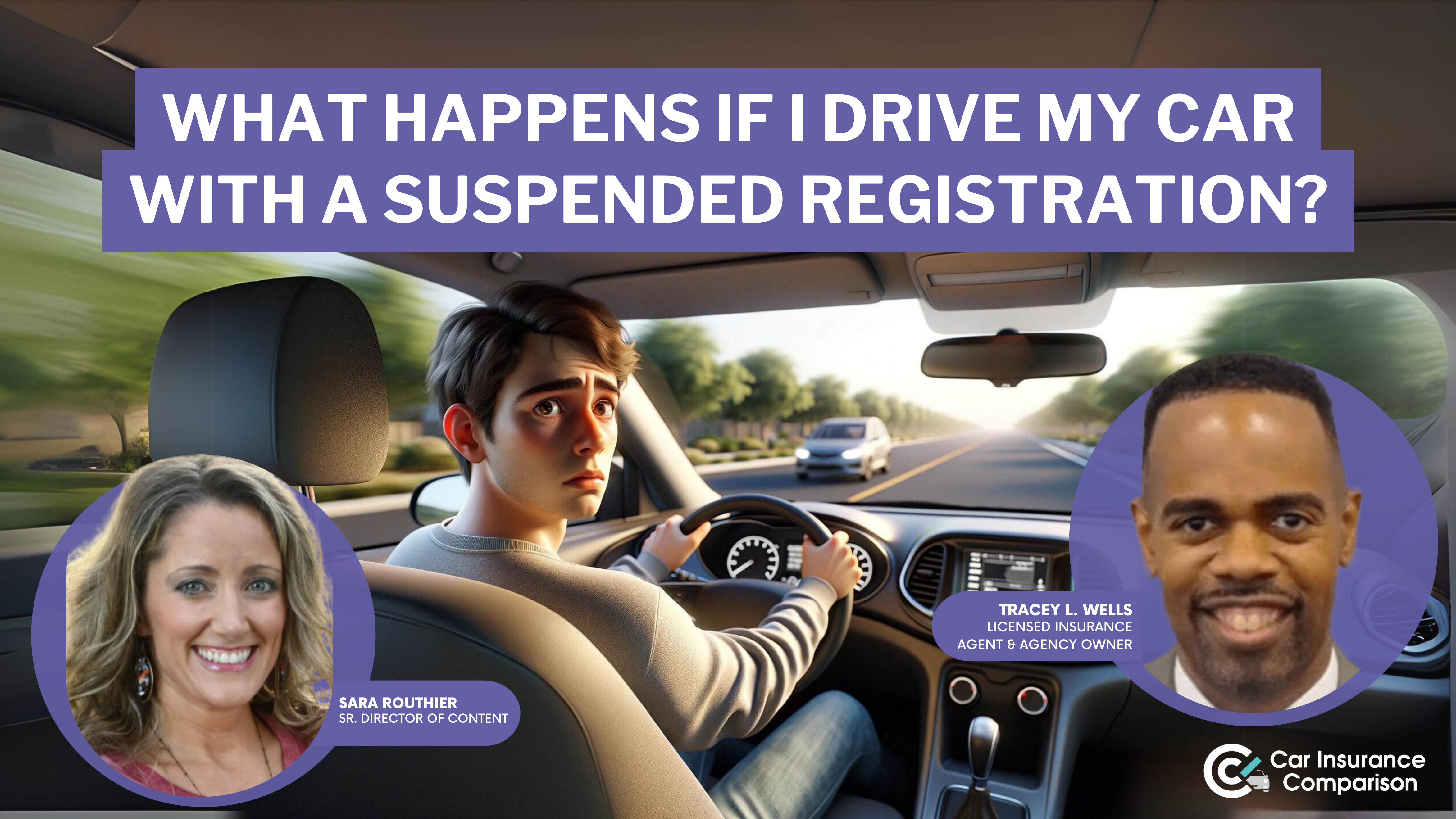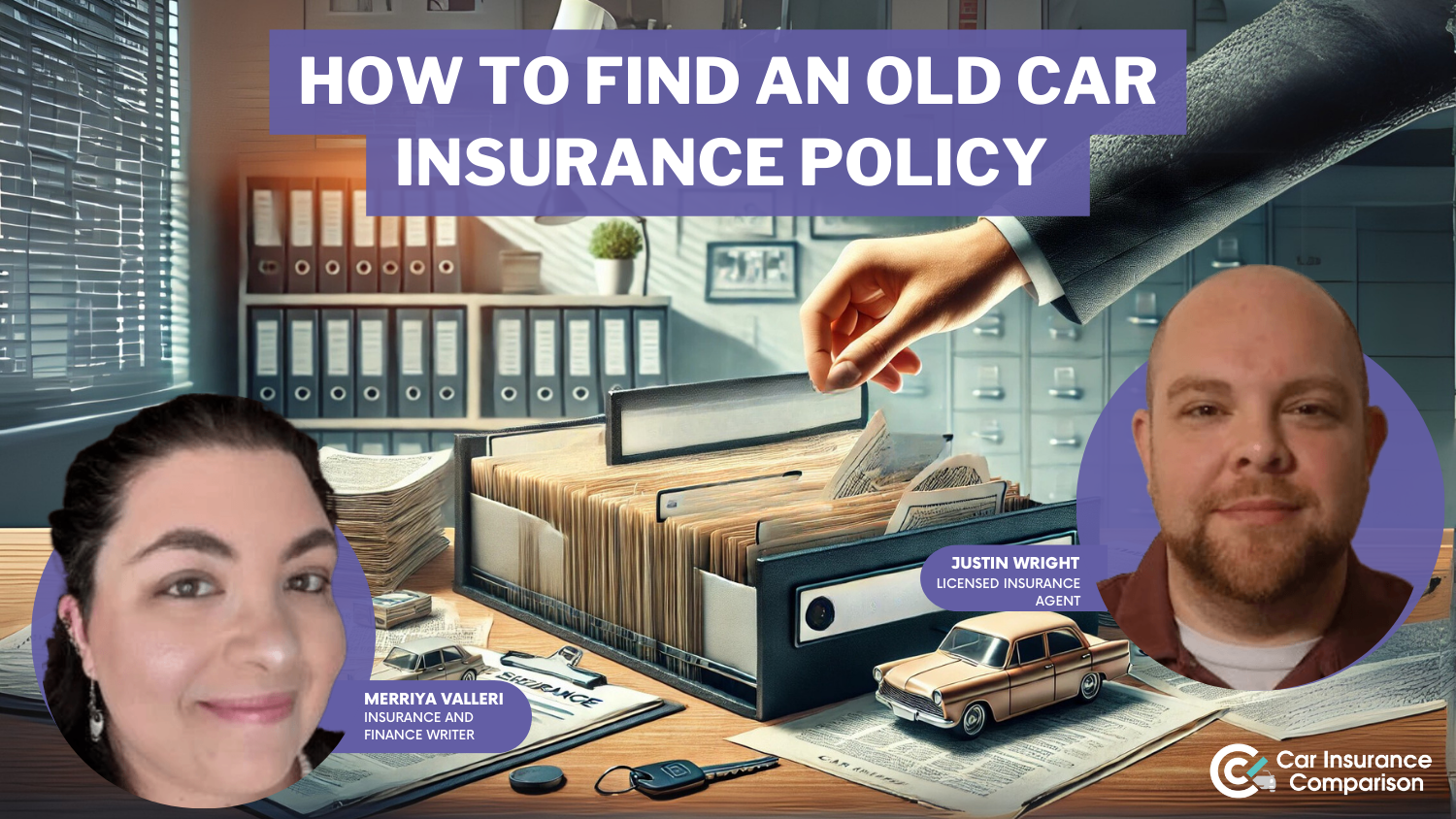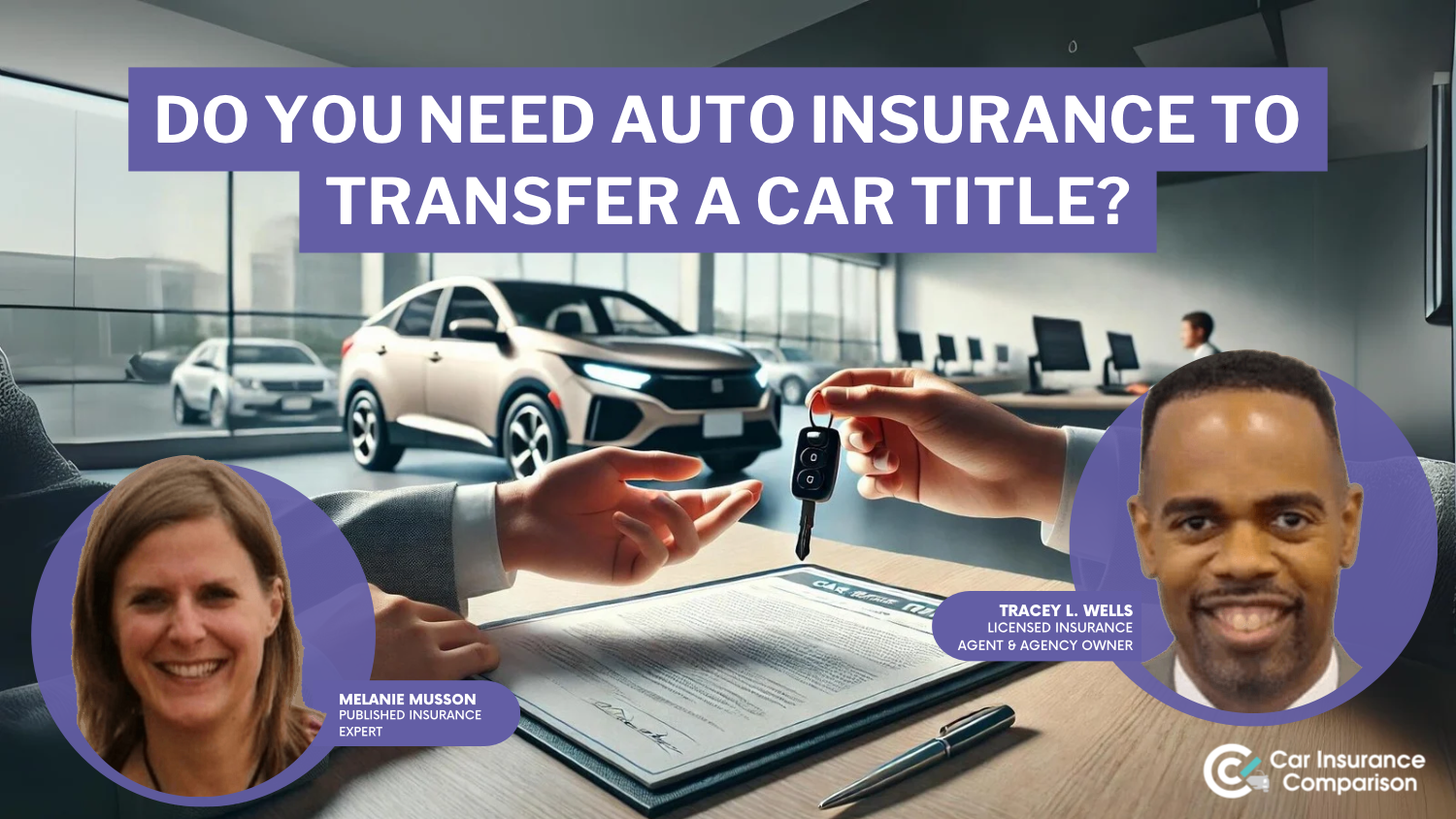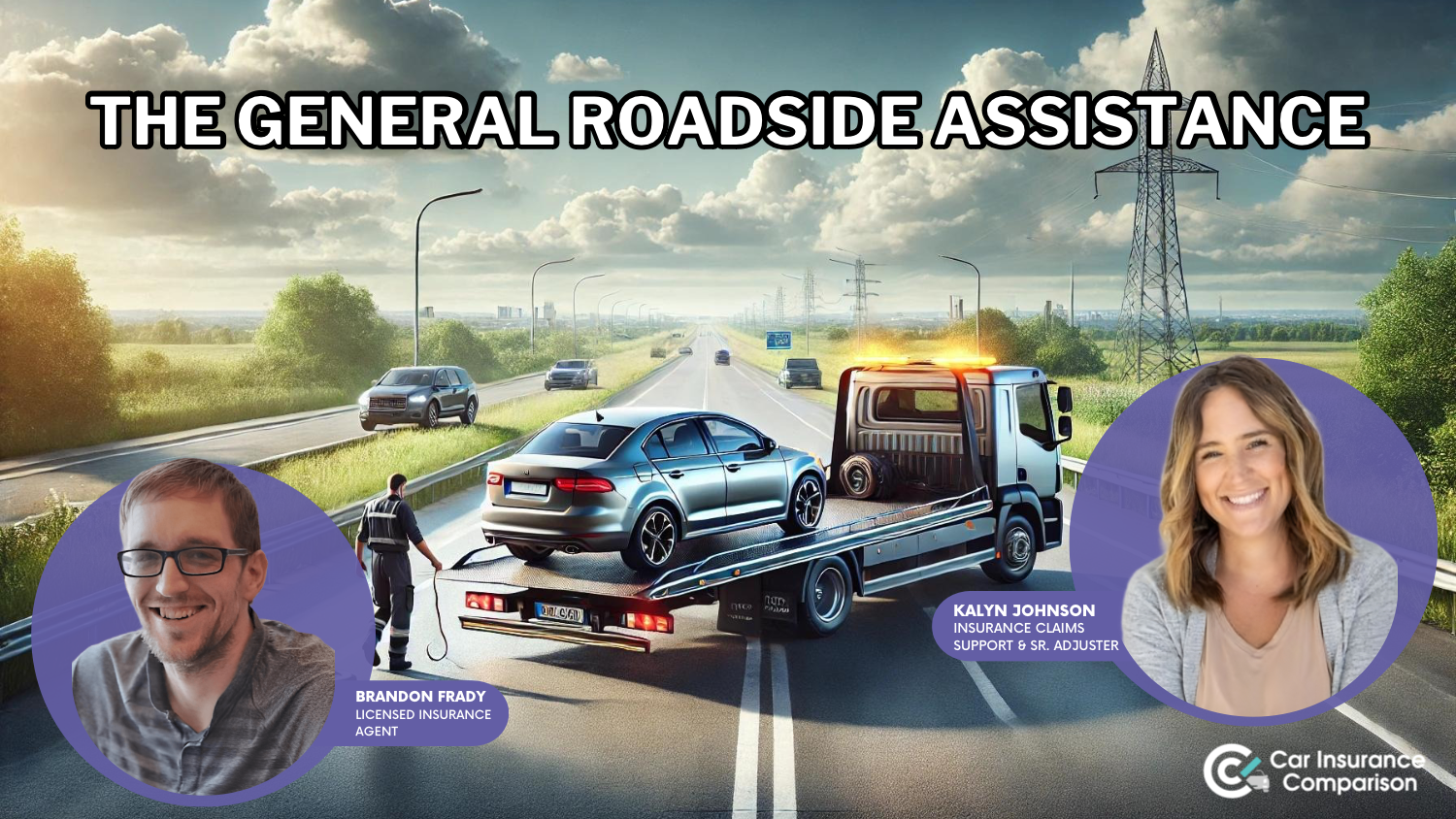Compare Stacked vs. Non-Stacked Car Insurance: Rates, Discounts, & Requirements [2026]
Stacked car insurance means your coverage limits for multiple vehicles are combined into one larger coverage limit, whereas non-stacked car insurance means each vehicle has its own individual coverage limits. Read the details to learn which option is right for you.
Read more Secured with SHA-256 Encryption





Table of Contents
Table of Contents


Feature Writer
Chris Tepedino is a feature writer that has written extensively about car insurance for numerous websites. He has a college degree in communication from the University of Tennessee and has experience reporting, researching investigative pieces, and crafting detailed, data-driven features. His works have been featured on CB Blog Nation, Healing Law, WIBW Kansas, and Cinncinati.com. He has been a...
Chris Tepedino


Certified Financial Planner
Joel Ohman is the CEO of a private equity backed digital media company. He is a CERTIFIED FINANCIAL PLANNER™, author, angel investor, and serial entrepreneur who loves creating new things, whether books or businesses. He has also previously served as the founder and resident CFP® of a national insurance agency, Real Time Health Quotes. He has an MBA from the University of South Florida. Joel...
Joel Ohman
Updated December 2023
- Non-stacked car insurance is when you have multiple vehicles, each with their own coverage limits
- Stacked car insurance is when you combine the coverage limits of multiple vehicles
- Rates are typically higher for stacked insurance, but you’ll have better coverage
When you have multiple vehicles with insurance coverage, your coverages may either be stacked or non-stacked. There are pros and cons to consider with each type of coverage. For example, your rate will typically be higher with stacked insurance, but your coverage limits are much better.
So, what does stacked mean in the context of insurance, and what is non-stacked car insurance? We’ll compare stacked vs. non-stacked auto insurance below to help you make an informed decision.
What does stacked insurance mean?
Stacked insurance coverage allows you to combine the policy limits of two vehicles, specifically uninsured/underinsured motorist coverage. If you were to get into an accident with someone who does not have car insurance — or whose insurance coverage is not enough to cover damages and medical bills — it falls under your uninsured motorist coverage. (For more information, read our “Combined Single-Limit Car Insurance: Explained Simply“).
So how does stacked coverage help in this situation? If you have two vehicles on your policy, each with a $100,000 of uninsured/underinsured motorist coverage, stacked insurance allows these to be combined to cover just one of your vehicles if there’s an accident.
So instead of $100,000 for each vehicle, you get a total of $200,000 in coverage for either car should you get into an accident and the other driver doesn’t have insurance.
Free Insurance Comparison
Compare Quotes From Top Companies and Save
Secured with SHA-256 Encryption
What is non-stacked insurance?
When you have multiple vehicles with non-stacked insurance, each car has its own uninsured motorist coverage limit, which cannot be combined. So, as in the previous scenario where you have two vehicles with $100,000 in coverage for each, that face value is the extent of your coverage.
This means if you were to get into an accident with an uninsured motorist with either of your vehicles, only a maximum of $100,000 would be covered by insurance. So, if the accident caused significant damage and medical bills resulting in $150,000, you’d still be left with $50,000 to pay out of pocket.
If your coverage was stacked, the total amount would have been taken care of because your total coverage would have been $200,000.
Stacked vs. Non-Stacked Car Insurance Rates
Stacking insurance tends to come with a higher rate than an unstacked policy. That is because the maximum limit is doubled for your vehicles rather than each having its own lower total.
However, if you have a significant accident with an uninsured or underinsured motorist, stacked insurance can save you a substantial out-of-pocket expense. This expense has the potential to be far more than the rate difference between a stacked and unstacked policy.
So, you’ll have to balance what you can afford to spend on insurance against the risk of a costly accident.
Getting Stacked Insurance
The way stacked insurance is handled varies from state to state. Some states allow stacking of multiple vehicles on a single policy, while other states will only let you stack across multiple insurance policies for each car. Other states don’t allow stacked insurance at all.
If you’re interested in stacked car insurance, you’ll have to check your state’s bureau of insurance or speak directly to your insurance provider to see if this is an option for you. It’s also worth noting that this could vary by the insurance company as well.
Even if your state allows stacking, it’s possible that your insurance company does not offer stacked policies. If this is the case and you feel that you need stacked car insurance, then you may want to shop around for insurance companies that do allow this option.
Free Insurance Comparison
Compare Quotes From Top Companies and Save
Secured with SHA-256 Encryption
Key Takeaway: Stacked Insurance Is More Expensive but Offers Far Greater Protection
If your state and insurance company allows for stacked insurance, you’ll have a decision to make. While it’s tempting to keep your insurance non-stacked to get a lower rate, you’ll have to consider the potential expense of an accident involving an uninsured or underinsured motorist.
Stacked insurance can save you a lot of money in the event of a significant accident. This makes the stacked vs. non-stacked car insurance debate a personal decision that should be carefully weighed.

Frequently Asked Questions
What is stacked car insurance?
Stacked car insurance is an option available in certain states that allows policyholders to combine or “stack” the uninsured/underinsured motorist (UM/UIM) coverage limits for multiple vehicles on the same policy. If you have stacked coverage and are involved in an accident with an uninsured or underinsured driver, you can potentially access higher coverage limits by combining the limits of all the vehicles on your policy.
What is non-stacked car insurance?
Non-stacked car insurance refers to a policy where the uninsured/underinsured motorist (UM/UIM) coverage limits apply separately to each vehicle insured under the policy. In the event of an accident with an uninsured or underinsured driver, the coverage limits for each vehicle on the policy are not combined or “stacked.”
What are the benefits of stacked car insurance?
Stacked car insurance offers the advantage of higher uninsured/underinsured motorist (UM/UIM) coverage limits. If you have multiple vehicles on the same policy and choose stacked coverage, you can potentially access higher limits by combining the coverage for all the vehicles. This can provide additional financial protection if you’re involved in an accident with a driver who has insufficient or no insurance coverage.
What are the benefits of non-stacked car insurance?
Non-stacked car insurance provides separate uninsured/underinsured motorist (UM/UIM) coverage limits for each vehicle insured under the policy. The benefit of non-stacked coverage is that it allows you to customize the coverage limits for each vehicle independently, depending on your needs and budget. This can be beneficial if you have vehicles with different values or if you want to control the premium costs associated with each vehicle.
Which option is better: stacked or non-stacked car insurance?
The choice between stacked and non-stacked car insurance depends on your specific circumstances and needs. Stacked coverage can provide higher UM/UIM coverage limits, which can be beneficial if you have multiple vehicles and want more extensive protection against uninsured or underinsured drivers. Non-stacked coverage allows for more flexibility in customizing coverage limits for each vehicle, potentially providing cost savings. It’s important to consider factors such as the number of vehicles on your policy, their values, and your budget when deciding which option is better for you.
Is stacked car insurance available in all states?
No, stacked car insurance is not available in all states. It is only offered in certain states that allow stacking of uninsured/underinsured motorist (UM/UIM) coverage. The availability of stacked coverage varies by state, so it’s essential to check with your insurance provider or consult your state’s insurance regulations to determine if stacked car insurance is an option for you.
How can I determine whether stacked or non-stacked car insurance is right for me?
To determine whether stacked or non-stacked car insurance is right for you, consider factors such as the number of vehicles you have on your policy, their values, your budget, and your desired level of protection against uninsured or underinsured drivers. Evaluate the potential benefits and drawbacks of each option, and compare quotes from insurance providers offering both stacked and non-stacked coverage. This will help you make an informed decision based on your unique circumstances and insurance needs.
Get a FREE Quote in Minutes
Insurance rates change constantly — we help you stay ahead by making it easy to compare top options and save.






